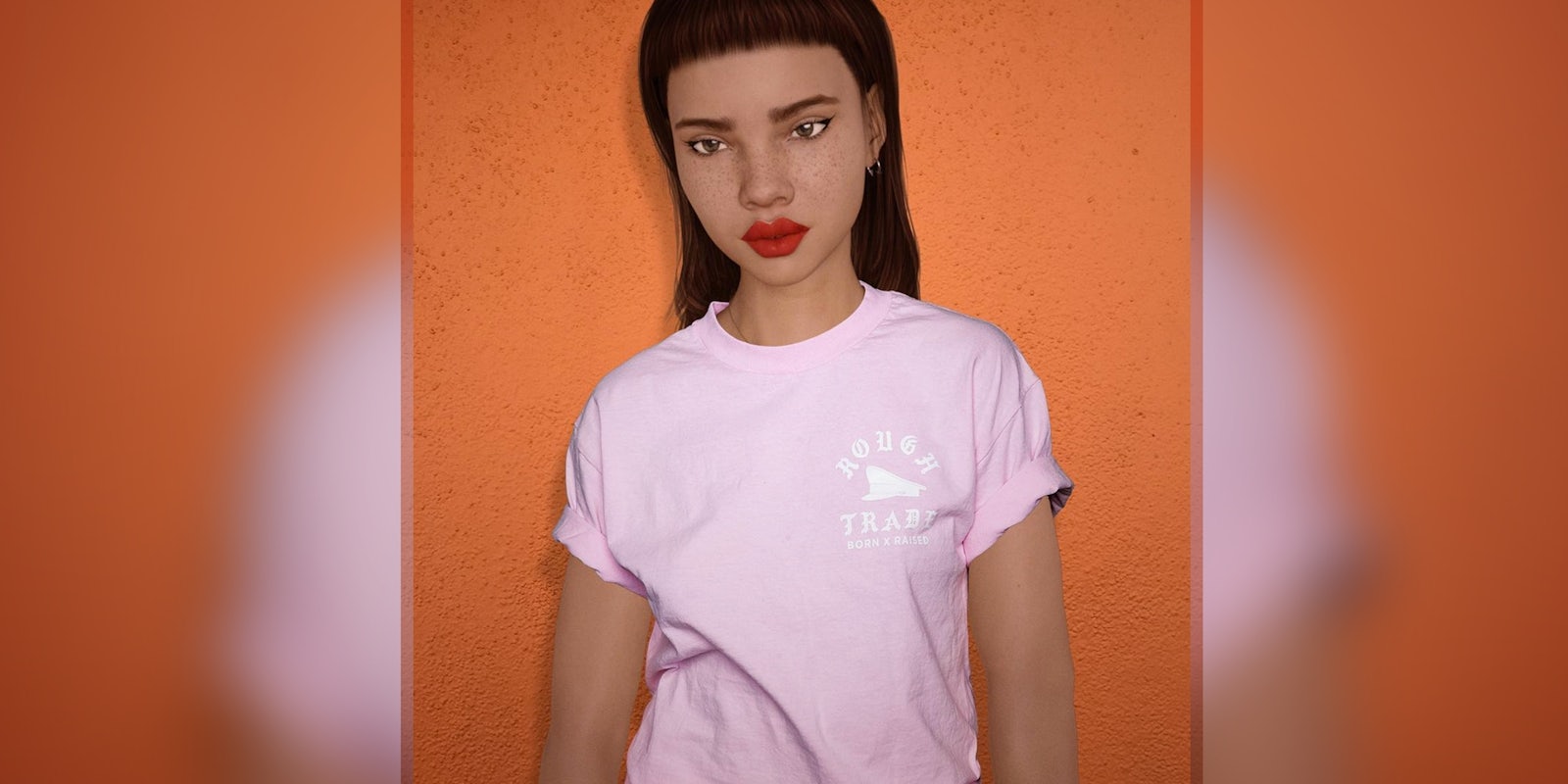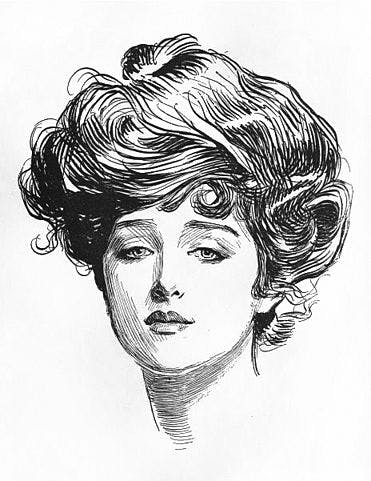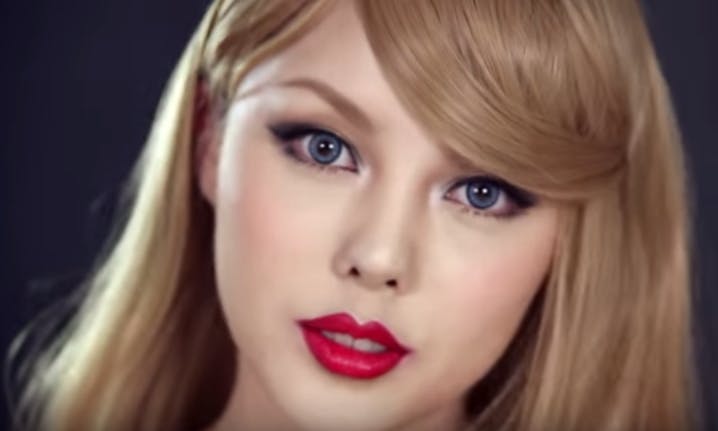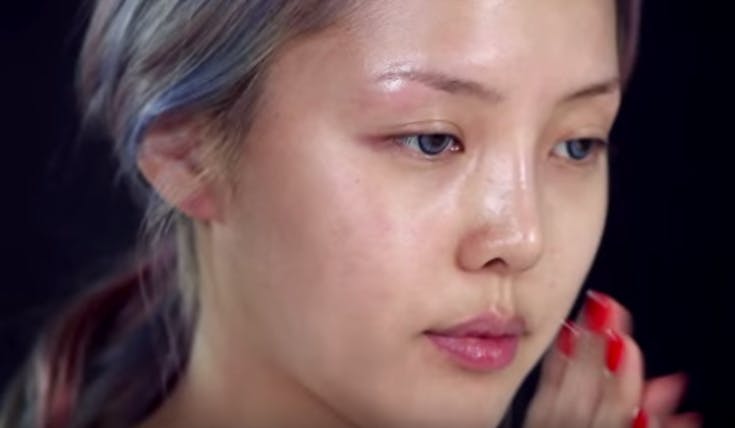I think we can all agree that this is not a real person.
It’s the most basic depiction of something we still recognize as a human face. But here, perhaps, is a more complicated question. Is this a real person?
You’ve probably seen the face before, and if you’re unaware of its origins, you might easily believe it’s a drawing of a real woman. It was actually created in the 1890s by the artist Charles Dana Gibson and was meant to represent “thousands of American girls”.
OK, how about his one?
This, surely, is a real person.
Well, not really. It’s a photo of a real person or, to be more specific, it’s a screengrab of a video of a real person. This, you might rightly think, is arguing semantics, but semantics are important. Here’s why.
Actually, before we move on, it’s worth pointing out that some of you might have believed the above person is Taylor Swift. It’s not. It’s a South Korean beauty blogger known as Pony. Here’s what she looked like before the makeup.
If you’re interested, you can check out the full transformation here.
OK, now that we’ve got that out of the way, let’s get back to figuring out what makes a person “real.” It seems to be a simple question. A flesh-and-blood person you can touch is real. Most of us, being presented with a photo of such a creature, would also pronounce them to be “real,” even though we’re aware that what we’re looking at is a highly detailed symbolic representation of said person. Likewise with a realistic drawing, although as Charles Gibson’s work shows us, sometimes we need a bit more information to make our decision.
That’s where Lil Miquela comes in. She’s the latest “famous” Instagram model, having racked up more than 70,000 followers since April, and, to put it bluntly, she’s confusing the fuck out of everyone.
The question asked over and over again in the comments of her post is, “Is she real?” Many people feel she was created in a game like the Sims, while others think she’s a real person and the photos are products of Photoshop and makeup.
Dougie Cross—managing director of TIGERX, a computer-generated animation and visualization studio—thinks Miquela is, at least, based on a real person.
“I think it’s a combination of a 3D model and a photograph.” he told the Independent. “They’re taking a photo of an actual person and blending that with the model. There is a lot of work post-production on art and makeup.”
So is the person running the account also the model we’re seeing in the photos? Maybe. It’s even possible Miquela is based on the girl she’s standing next to in this picture.
So what would make Miquela “real?” If what we’re seeing are doctored photos of the person posting to Instagram, does that make her real? If she attempted to make an accurate version of herself in the Sims, would she still be real? What if “Maquela” is a 50-year-old guy with a mustache who’s just good at CGI?
Obviously, makeup and lighting can dramatically change a person’s appearance, so where do we draw the line between what’s real and what’s fake? Is it when digital manipulation occurs? We all know that happens to every person we see on a magazine cover. Maybe the question is, what percentage of a real woman has to be behind the facade for us to consider Maquela to be real?
For now, we’re left to debate that question without any input from the artist. What she has let us know is where she stands on the ongoing Native American protest of the Dakota Access Pipeline.
And by choosing to use her viral fame to point a light at that struggle, Miquela has perhaps moved the debate from what’s real to what’s right.
H/T Brobible
SEE ALSO: If Instagram was designed for Windows 95








 so you hide in the bathroom
so you hide in the bathroom 

